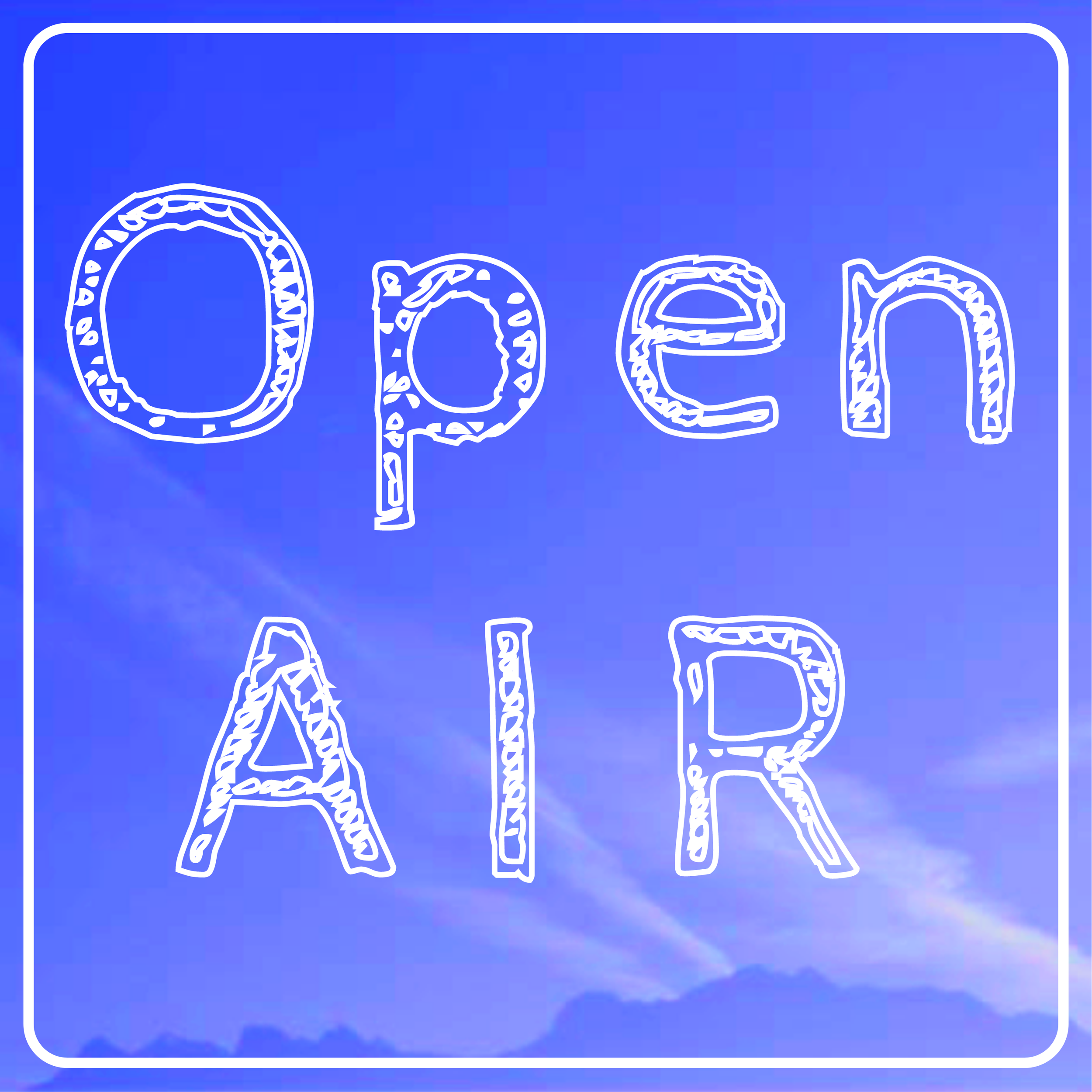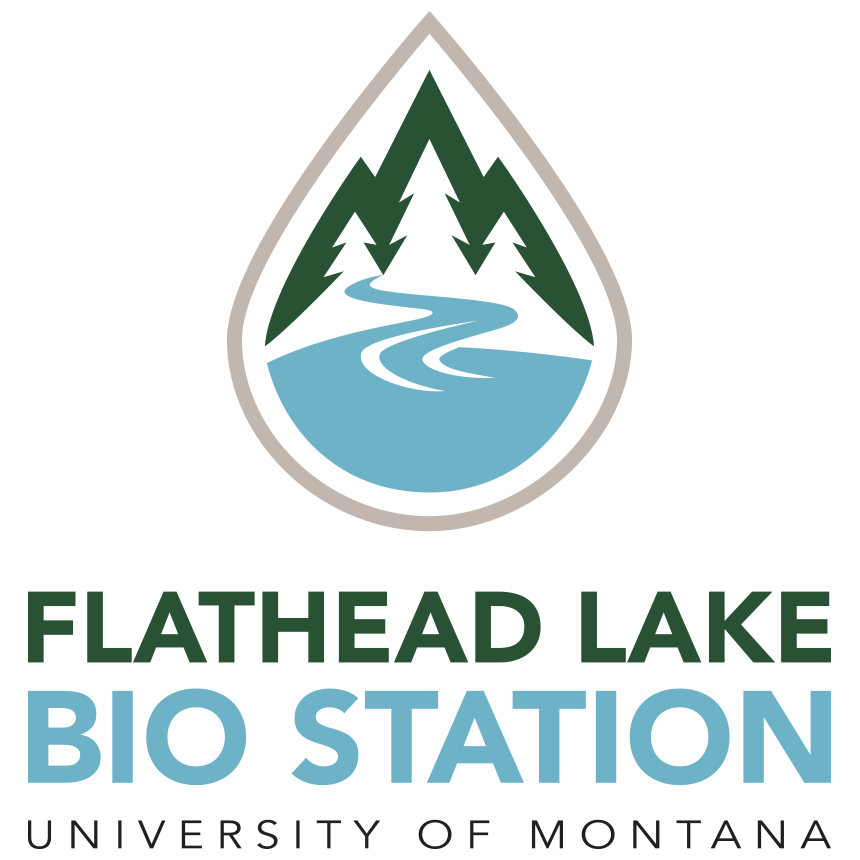Nicole Banowetz: TROPHIC
“I wanted to create something that would really tell an environmental story.”
Fall 2023 Artist-in-Residence at Flathead Lake Biological Station
Nicole with her sculpture “In Case of Trophic Cascade “created at the Flathead Lake Biological Station
Tell us about your most recent solo exhibition
My most recent large installation was displayed at the Longmont Museum in Colorado. The artwork I created was titled Biophilic Regeneration Series: The Terra Module. The installation is very special to me because it was created in response to a local farm and their agricultural practice. Esoteric Culinary Gardens is a no-till, hand-tended, bio-intensive regenerative farm located in Boulder County in Colorado. The farmer I worked with took a piece of land that had been totally uncared for and depleted of nutrients and brought it back to life by filling it with microbes, worms, compost, and love. In my artwork, I imagined a future in which all land had been depleted due to humans' reckless use of pesticides. In response, I created a fictional futuristic sci-fi machine that could be deployed in a barren landscape to reintroduce the microbes necessary to grow food once again. As the viewer enters the installation, the large central form shakes, and a golden ball of microbes floats into view. Tubes full of air move through the gallery, aerating and rejuvenating the soil.
Biophilic Regeneration Series: Terra Module. Image credit Kort Duce
How was your experience as an Open AIR Artist-in-Residence?
Staying at the Bio Station was an amazing experience. Flathead Lake is such a beautiful, magical, and inspiring place to exist in. I was enthralled by the quality of the lake and enjoyed watching it change based on the weather. My artwork is inspired by nature, so it was a perfect environment for me to create in.
Copepod. Created by Nicole Banowetz and Devin Reilly. Photographed at Flathead Lake
What was your research process during your residency?
I was really interested in learning from the Bio Station and had a special interest in microscopic creatures. This led me to plankton. Researchers collect and count plankton every month at the Flathead Lake Bio Station to monitor the health of the lake. This inspired my work In Case of Trophic Cascade, which is based on phytoplankton seen under the microscope that are collected during the station's monitoring program.
I wanted to create something that would really tell an environmental story. I learned about the lake’s food web story of Trophic Collapse. Trophic Collapse is a side-effect when a species within an ecosystem is reduced, removed, or added. This change triggers a series of events or a cascade, altering the structure or balance of an entire ecosystem.
In Flathead Lake, the cascade was triggered by humans when State fisheries managers introduced the opossum shrimp Mysis relicta. The shrimp was meant to be a food source for the kokanee salmon, but the salmon is a day feeder, and the Mysis shrimp stays out of sight at the bottom of the lake during daylight. The Mysis did provide a food source to lake trout, which grew so large they began to eat the salmon and many other fish in the lake. Also, the Mysis began feeding on the zooplankton Daphne, which was the main food source of the kokanee salmon.
With so many changes in the food web, the salmon disappeared from the ecosystem, and once the Salmon disappeared, so did the eagles and grizzly bears which came to feed on them as they spawned. In my performance piece, In Case of Trophic Collapse, I wade out into Flathead Lake clutching a small inner tube, which I hope will protect me from causing unintentional harm to the ecosystem surrounding me. I slowly begin releasing some of the most basic components of the food web, the native phytoplankton, out into the lake.
In Case of Trophic Cascade
How would you describe your work?
My work is inspired by the natural world. I find historical and environmental relationships that tell poetic stories about the human condition. I address these human qualities using imagery from the animal, plant, mineral, and bacterial worlds. I re-envision and recreate these forms in soft, inflatable sculptures, inviting the viewer to come close. Inflatables have power. They draw an audience in by promising the familiarity of a jumping castle or the wacky waving man. Humans are more likely to explore spaces with an open mind if they are surrounded by something familiar. The inflatable is familiar, pillowy, and comforting, which gives viewers the security and confidence they need to enter a strange space with an open and questioning state of mind. My work creates a unique combination of the familiar and the strange, which catches the viewer off guard, allowing them to embrace and question the world around them.
The Incubation Effect
When did you first begin working with this medium or media?
The first inflatables I created were actually part of my job at the time. I was working as an assistant for an artist who wanted giant inflatable toys for a holiday light show. I hadn’t ever made anything like this before, but it was so exciting to figure it out. I made a giant rubber ducky, a Jack in the Box, and a bunch of other fun forms. I fell in love with the process and started to try to figure out how I could use the inflatable form with my own imagery and concepts. Right away, I realized that inflatables allowed me to make giant sculptures with just fabric and a sewing machine. The fact that I needed very little space to work meant I could really make anything. The hardest part of creating inflatable sculptures when I started was drafting the patterns. I draft all my patterns by hand and sew everything myself. I studied sculpture, but making inflatables wasn’t part of my program. I had to experiment a lot to get the forms I wanted and I have had many sewing mentors along the way. My first solo show was in 2012 and it was a series of inflatable horses struggling to inflate against the weight of decorative bridles and ties. But after that series, I started creating large inflatable versions of microscopic bacteria, viruses, and different types of fungi.
Outbreak
What are you up to now (post Open AIR)?
I am living a nomadic life and continuing to hop from one art residency to the next.
“Copepod“ Flathead Lake Biological Station
Visit Nicole’s website and follow her on Instagram @nicolebanowetz










